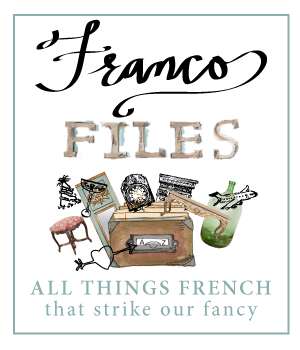
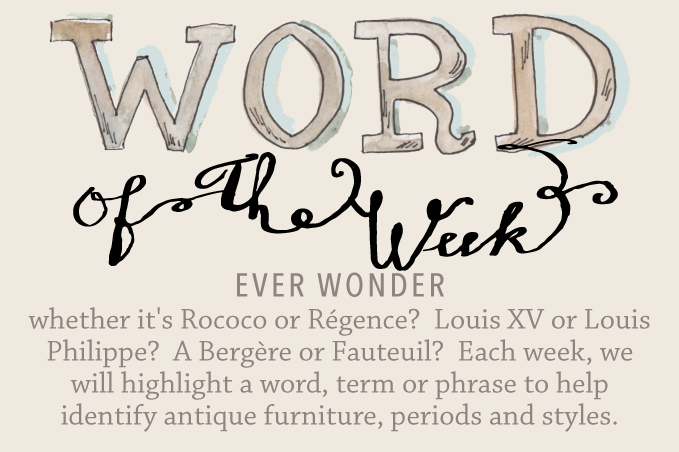
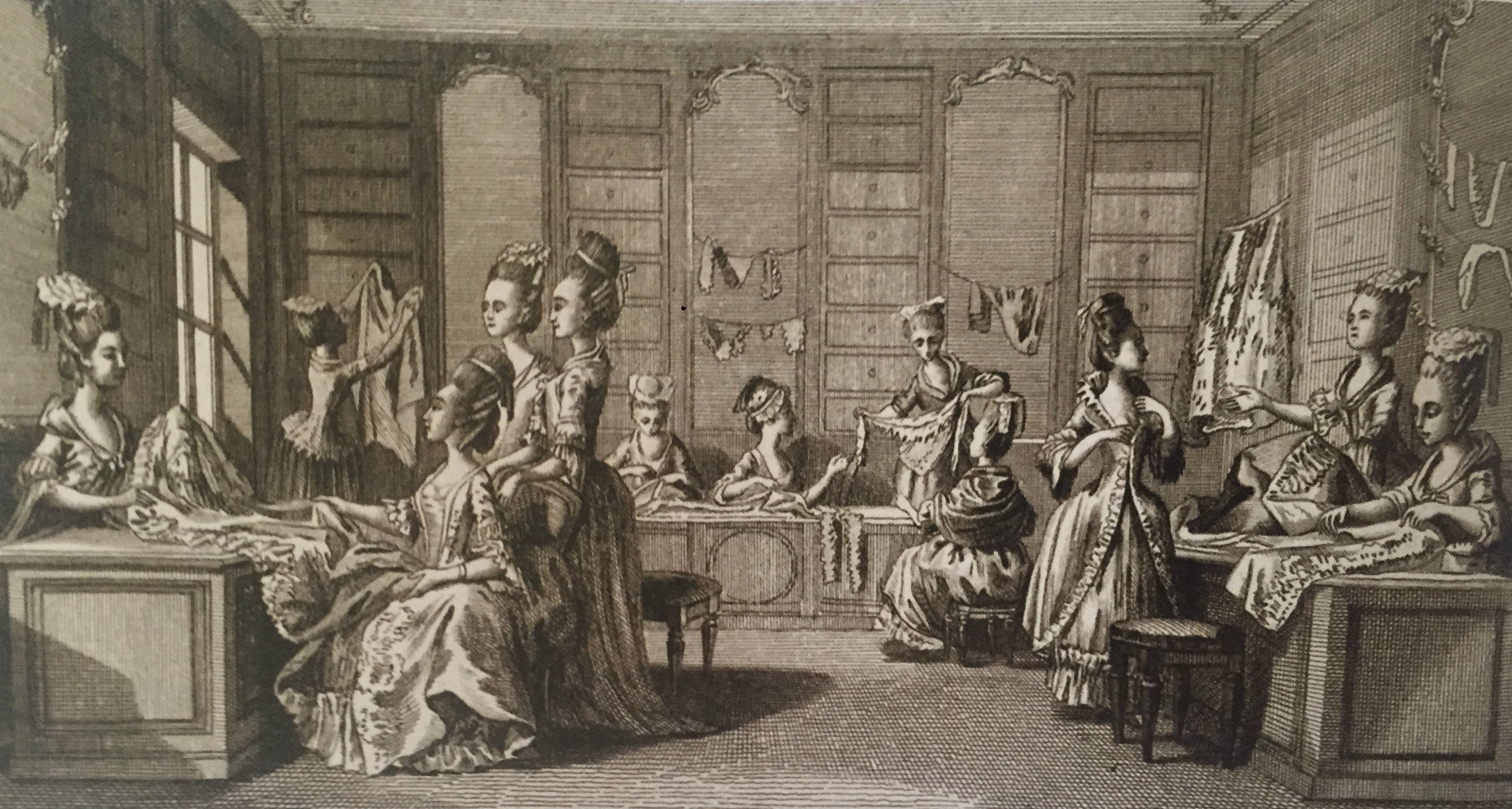
La Marchande de Modes, engraving of Robert Bénard’s Encyclopédie, 1769 . When fashion went sky-high, so did storage needs.
Big Hair, Bigger Hats
Marie Antoinette and the Pouf
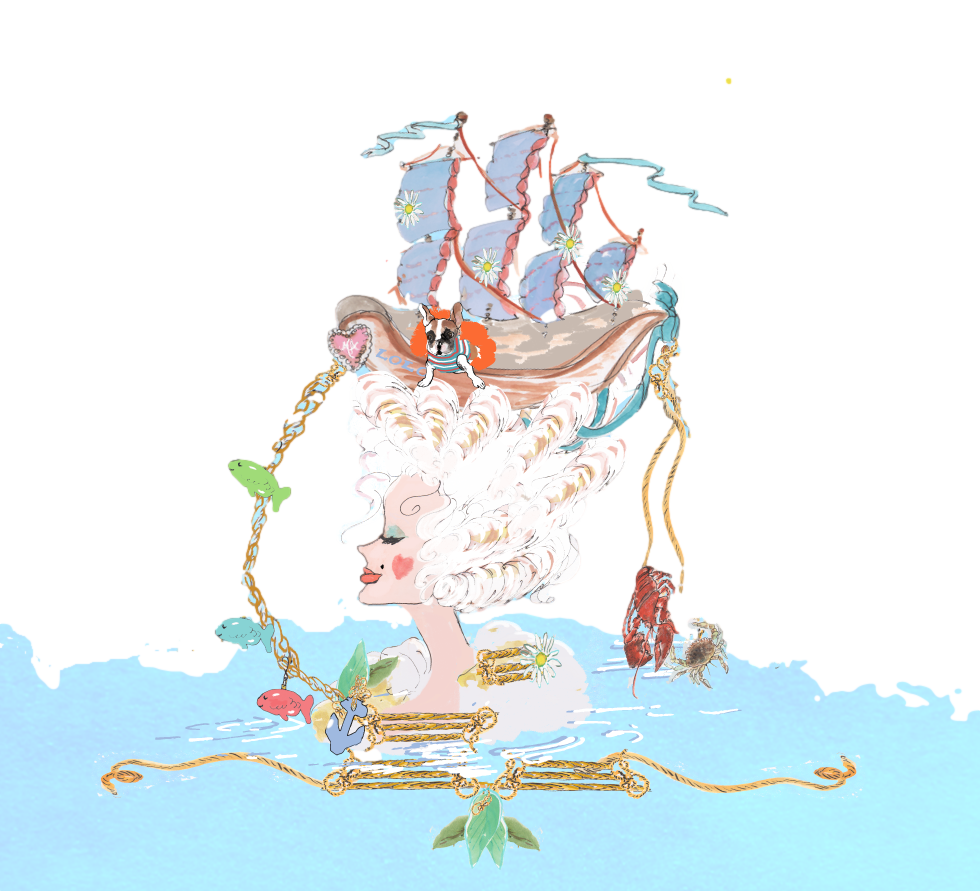
Marie Antoinette making waves on the high seas with her legendary pouf — complete with the battleship La Belle-Poule .
Fashion Meets Function
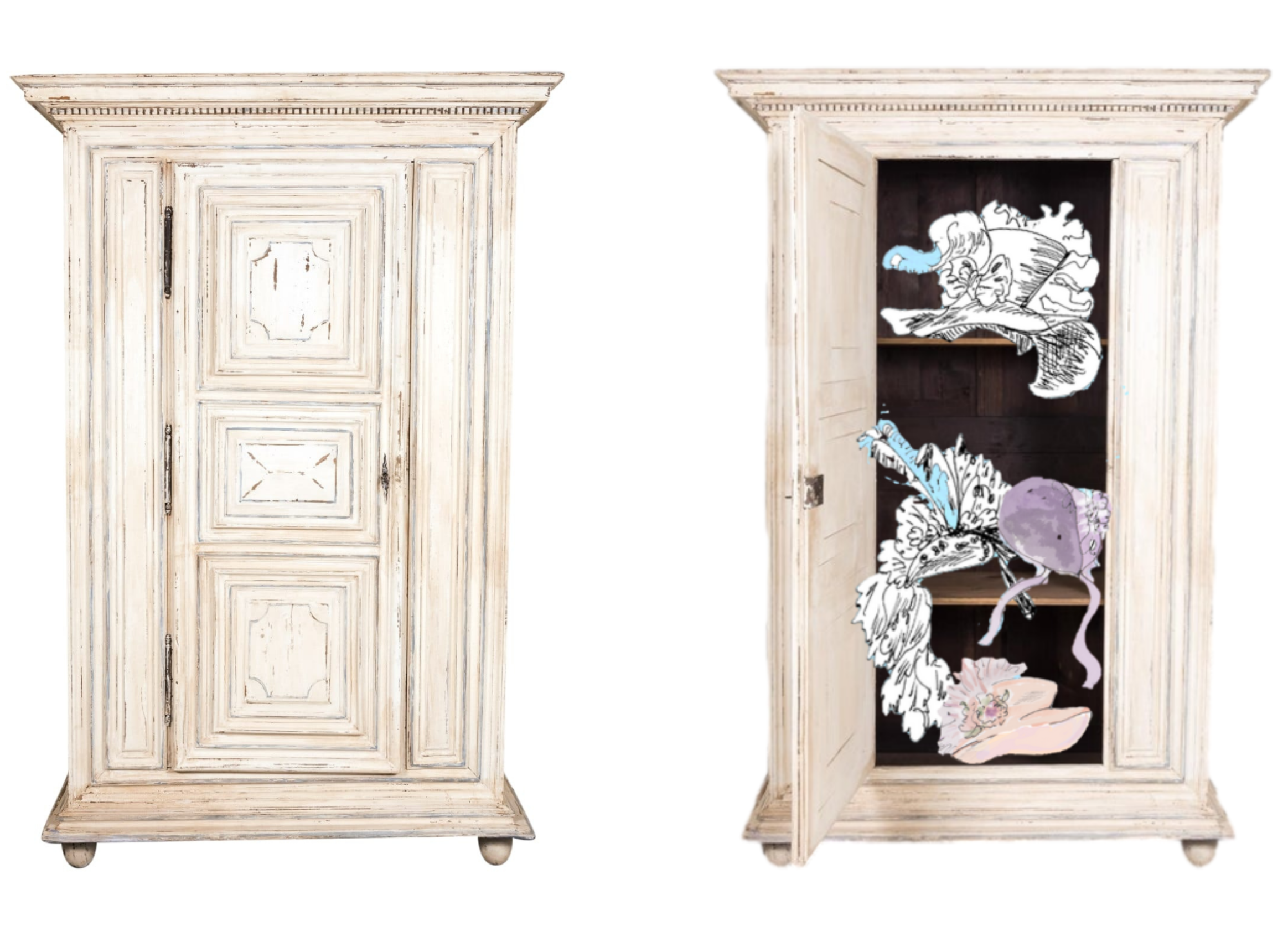
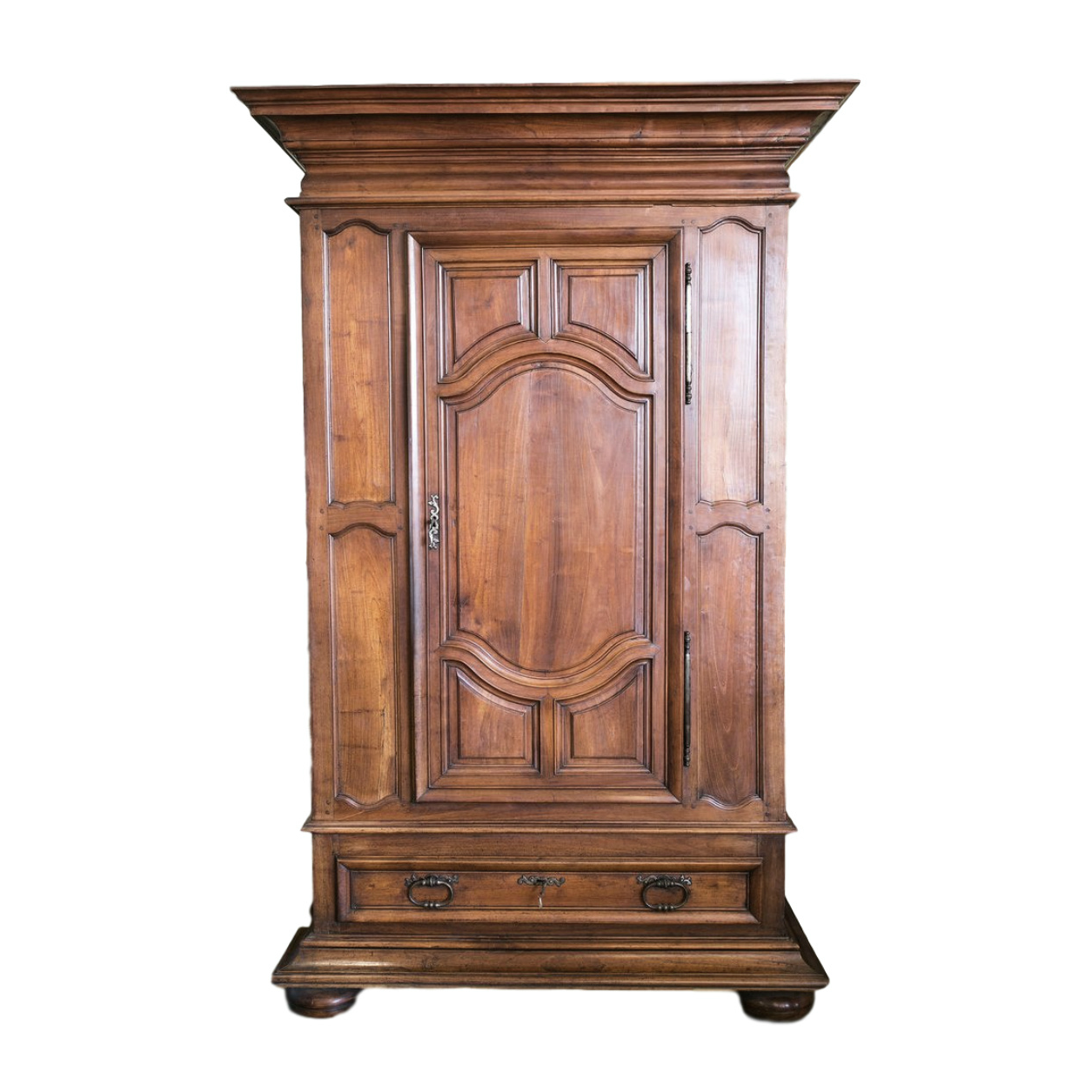
More Than Just Hats
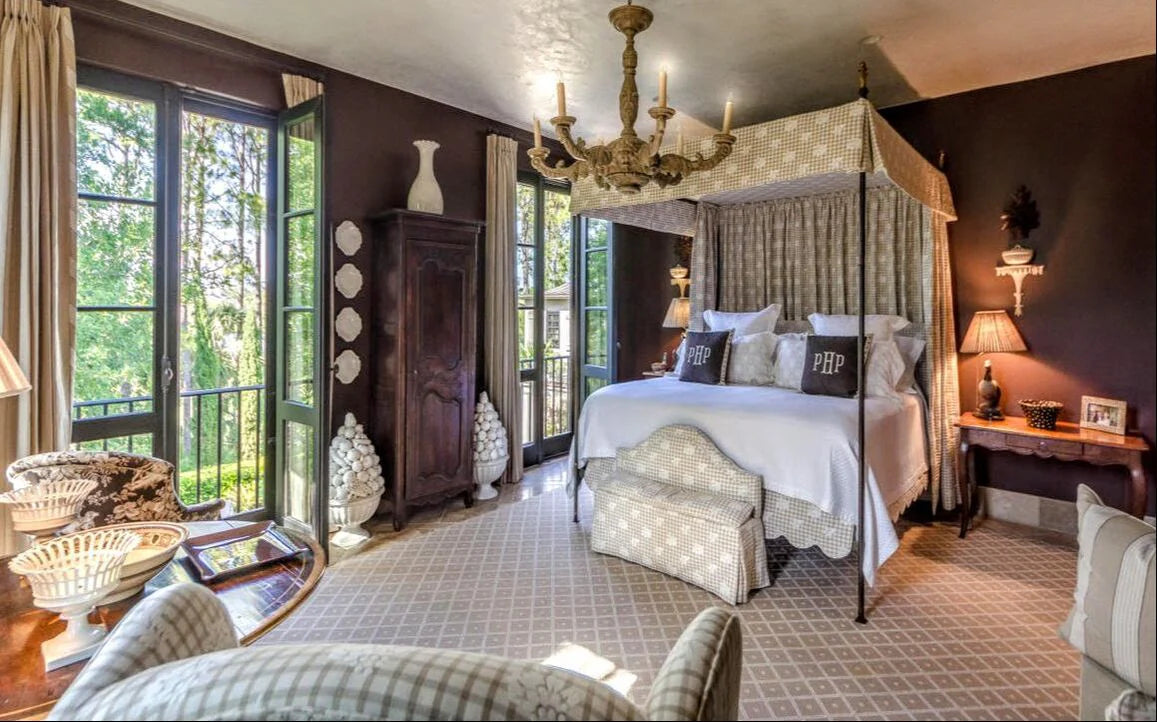
Designer Dan Carithers showcases a French Louis XV style bonnetière’s versatility in a bedroom setting, Veranda Magazine, May–June 2005.
What’s in Your Bonnetière?


Browse the Full Series
See all Word of the Week posts →
See all Word of the Week posts →

Browse the Full Series
See all Double Vision posts →
See all Double Vision posts →






